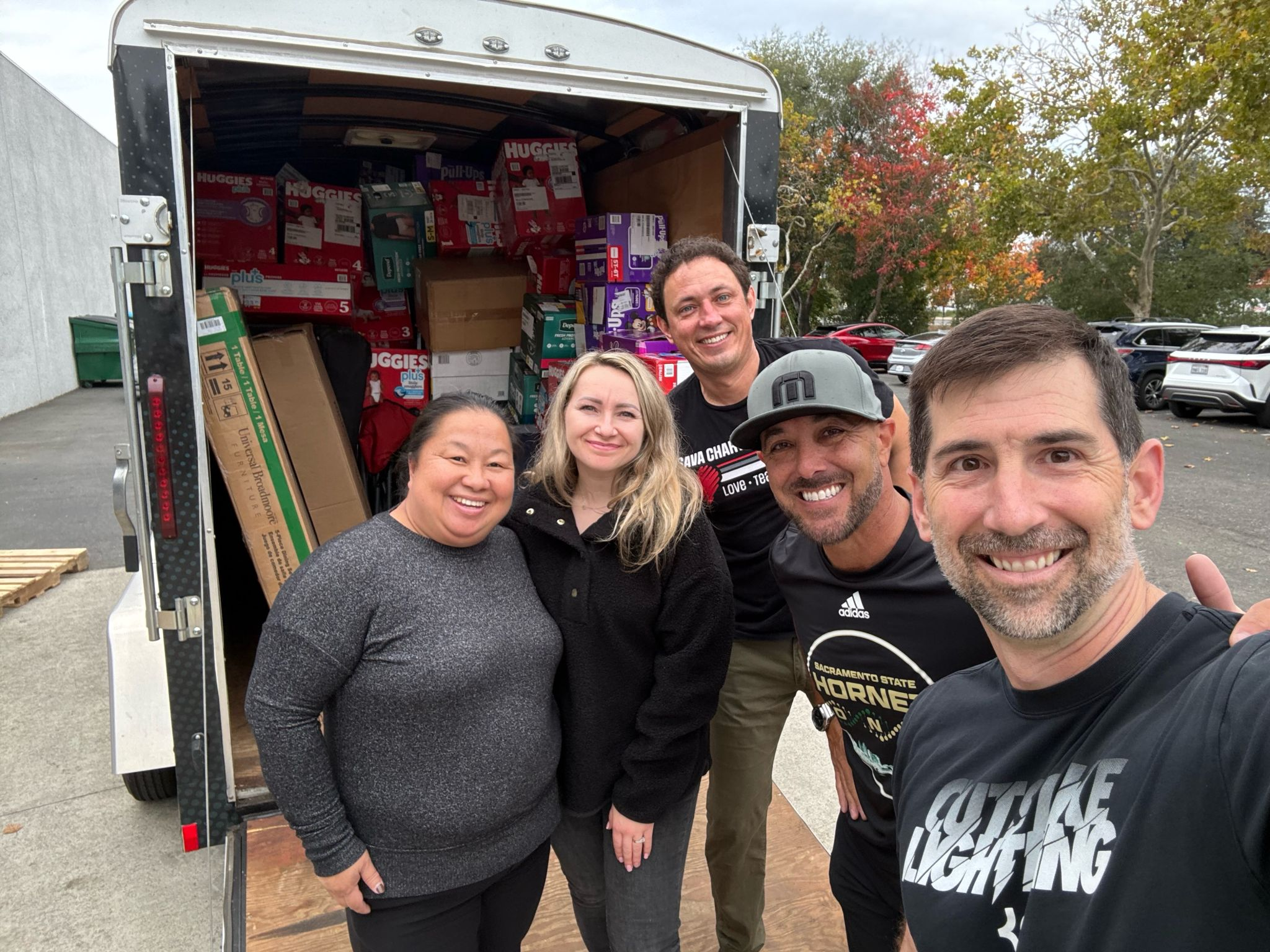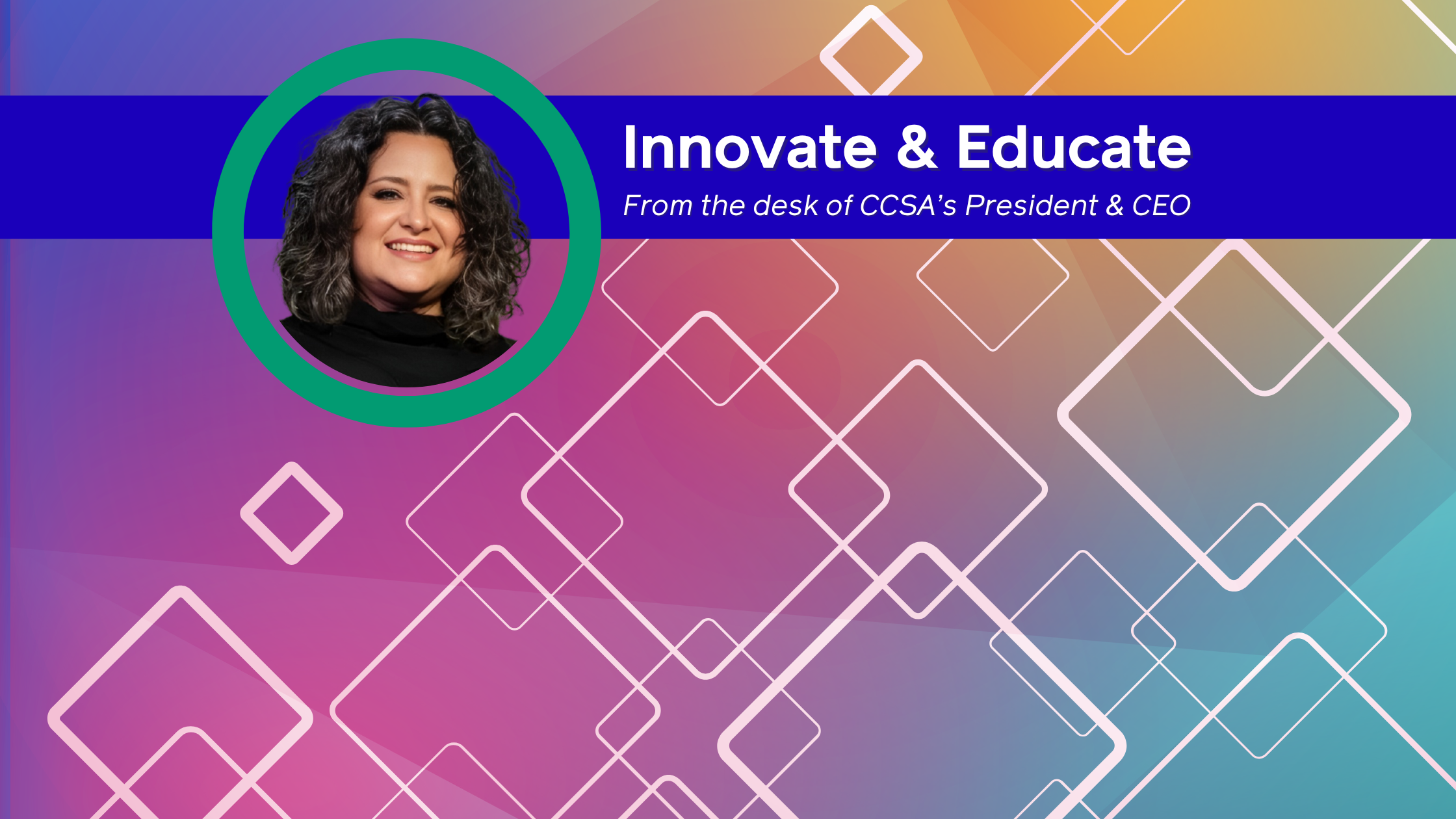Nineteen-year-old Miracle Sullivan belongs to the Campo Band of Kumeyaay Indians whose territory extends across San Diego and Imperial counties. She and her family live on the tribe’s Campo Indian Reservation which is nestled in the remote rural town of Campo, Ca. about 60 miles east of San Diego near the U.S.-Mexico border.
Miracle says many people think families living on the Indian reservation profit from its casino. But she says many children and families struggle to survive economically.
“[The poverty] is really bad,” Miracle says. “The poverty levels are a lot higher than what people would think they are."
According to Miracle, there’s also a lack of educational options for families in the area, especially families with teenagers. Currently there is only one high school in Campo.
“There are a lot of problems with that high school,” says Miracle, referring to the school’s academic track record and racial tensions on campus. “And there’s really no other option for high school unless you're willing to drive 45 minutes away.”
Despite its shortcomings, Miracle began attending the high school after middle school but quickly fell behind academically. Around that same time, she was hospitalized with Clostridioides difficile, a serious chronic illness that attacks the gastrointestinal system.
"I ended up getting really sick and I wasn’t able to be in a normal classroom setting," Miracle recalls. "It was painful, and I couldn’t eat anything. I wasn't even able to be at home.”
As a result, Miracle was considered a “medically fragile student” who couldn't physically attend school every day due to a serious or life-threatening condition.
Once Miracle started receiving intense medical treatment however, her condition slowly stabilized. When she was released from the hospital, she was faced with a new reality: frequent medical appointments and ongoing treatment.
Even so, she began to turn her attention to other things like school, but she needed an educational option that worked best given her health condition and life circumstances.
That’s when Miracle found MY Academy, a nonclassroom-based charter public school (NCB) based in San Diego County that offers independent study through a tailored blend of in-person and remote learning.
"This approach really worked for me because I could take my [classwork] with me. I could attend school wherever I was."
MY Academy is one of 98 NCBs in California serving more than 190,000 students.
NCBs are different than traditional public schools because they offer instruction outside the confines of a classroom. Many of them serve the state’s most vulnerable students – including medically fragile students, students with multiple expulsions, high school dropouts, or adult/teenage parents.
MY Academy was recently highlighted in CCSA’s most recent report: Serving Diverse Student Needs in the Golden State: Practices and Programs of Nonclassroom-based Charter Schools. In the report, CCSA Director of Data Analysis Jonathan Slakey details the programmatic offerings at NCBs that make them unique such as distance learning, synchronous and asynchronous learning (hybrid), home schooling, independent study, internships, and career technical education pathways.
Slakey also identified eight key practices of effective nonclassroom-based schools in California such as personalized learning, flexibility of instruction timing and style, and strong teacher and student relationships.
For Miracle, being able to continue her education via MY Academy while managing her health issues was a miracle in and of itself. With her chronic illness now under control, she has a renewed purpose in life.
"I didn't understand the value of an education until I got sick. I began to realize there would be nowhere for me to go if I didn't get a diploma. Once I got better from my chronic illness, then I really started to work as hard as I could to earn my diploma."
All her hard work paid off.
Miracle graduated from MY Academy last year and was accepted into a nursing program at a local community college. She wants to help others who are dealing with their own medical issues or conditions.
She credits the one-on-one academic support offered by MY Academy teachers – both online and at within the school’s resource centers – as well as the school’s flexible scheduling and tailored instructional programs for her success.
"I think it's really important for people to understand that some students have to go at their own pace, and they need much more one-on-one attention from their teachers," she says. "That's what's great about charter schools. Now I feel like I'm doing something with my life that’s going to pay off in the end."
Seeking more inspiring stories like Miracle’s? Read Amelie’s Story: “MY Academy Made My Dreams Come True.”
To learn more about MY Academy, check out their website.
This blog story was written by Ana Tintocalis, CCSA's Director of Media Relations and Research. She is a frequent contributor to the CharterNation Blog. Got a good charter school story? Contact her at atintocalis@ccsa.org.


-1.png)